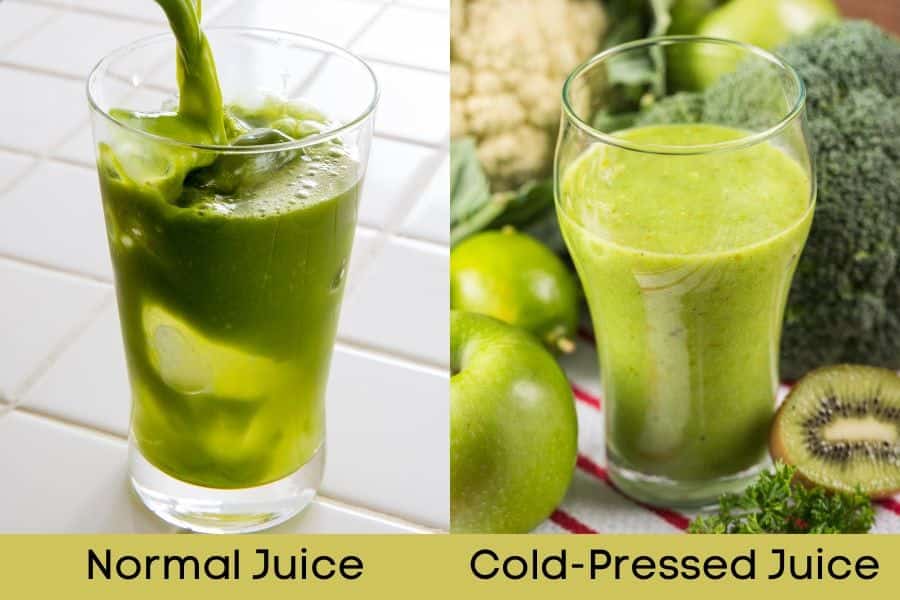Kombucha, a fermented tea drink, has surged in popularity across the globe for its tangy taste and purported health benefits. This ancient beverage, believed to have originated in Northeast China around 220 B.C., has been embraced for centuries for its potential to improve digestion, boost energy, and strengthen the immune system. Today, kombucha enthusiasts and health-conscious individuals alike brew this effervescent concoction at home, experimenting with various flavors and brewing techniques. This post delves into the art and science of kombucha brewing, from its historical roots to the biochemical processes that give it its unique character.
Contents
The Essence of Kombucha

Kombucha is more than just a trendy health drink; it is a living beverage with a rich history dating back thousands of years. Initially cherished in East Asia for its healing properties, kombucha has traveled across continents, gaining popularity for its unique flavor and health benefits. At its core, kombucha consists of tea, sugar, and a symbiotic culture of bacteria and yeast (SCOBY), which kickstarts the fermentation process essential for its creation. This blend not only contributes to its distinctively tart taste but also infuses it with a cocktail of beneficial microbes.
The SCOBY, often referred to as the “mother,” is the heart of kombucha brewing. It is a gelatinous, living mat that transforms sweet tea into a nutrient-rich elixir through a complex fermentation process. This fermentation not only carbonates the beverage but also enriches it with organic acids, vitamins, and a host of probiotics beneficial for gut health. Understanding the role and care of the SCOBY is crucial for any brewer, as it directly influences the quality, flavor, and health benefits of the final product.
The Brewing Process

The journey of brewing kombucha begins with the preparation of sweet tea, using either black, green, white, or oolong tea mixed with sugar. This sweetened tea serves as the food for the SCOBY, which metabolizes the sugar, initiating the fermentation process. The brewing vessel, typically glass or ceramic, must be sterilized to prevent any unwanted bacteria from interfering with the SCOBY’s work. Maintaining a clean brewing environment is paramount to ensure the health and safety of the final brew.
After adding the SCOBY to the cooled sweet tea, the mixture is covered with a breathable cloth to prevent contaminants while allowing air to circulate. The fermentation process then takes place over a period of 7 to 30 days, depending on the desired level of sweetness and acidity. Throughout this period, the SCOBY consumes the sugar, producing alcohol and acetic acid, which is then further converted, resulting in kombucha’s signature tangy flavor. Monitoring the brew’s progress is essential to achieve the perfect balance of tartness and sweetness.
The Science of Fermentation
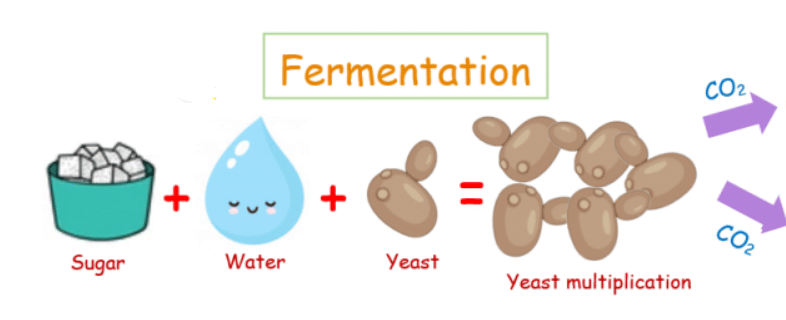
Fermentation is a biochemical marvel that lies at the heart of kombucha brewing. This natural process, driven by the SCOBY, converts sugar into ethanol and carbon dioxide, giving kombucha its characteristic effervescence. However, the presence of specific bacteria in the SCOBY further metabolizes the alcohol into acetic acid and other beneficial compounds. This transformation imparts a distinct sourness to the drink and makes it a rich source of probiotics and antioxidants.
The benefits of kombucha fermentation extend beyond its probiotic content. The process also produces a range of organic acids, such as glucuronic acid, which is believed to aid in detoxification, and acetic acid, which has antimicrobial properties. These compounds contribute to the overall health benefits attributed to kombucha, including improved digestion, enhanced immune function, and potential disease prevention. The scientific community continues to explore the depths of these benefits, aiming to fully understand the impact of kombucha on human health.
Perfecting Your Brew
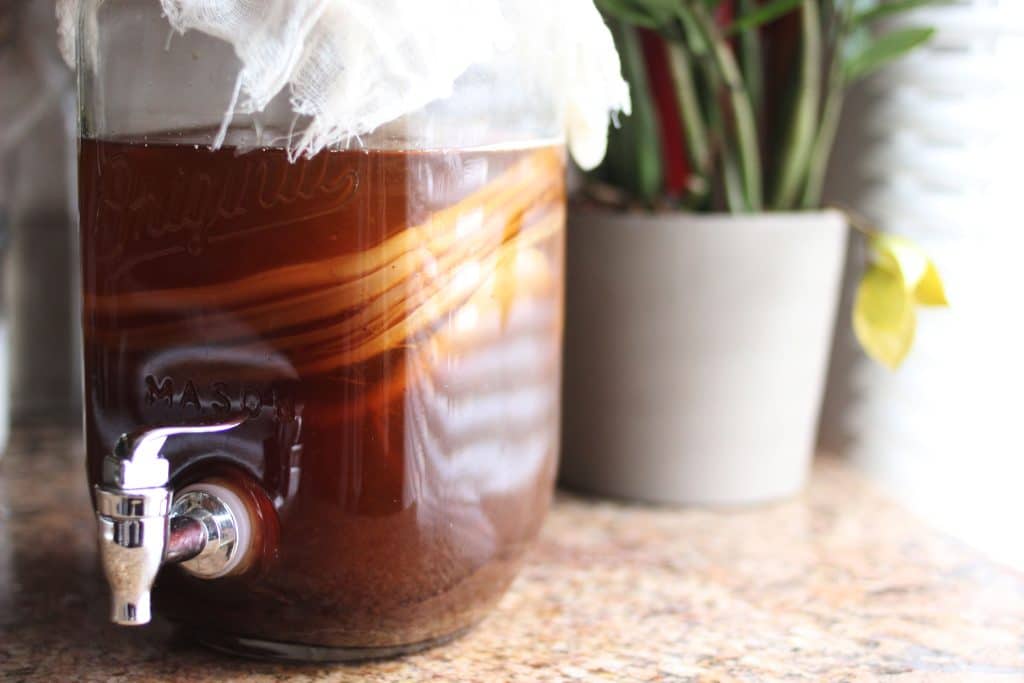
Achieving the perfect kombucha brew is an art that balances flavor, acidity, and carbonation. The choice of tea type plays a crucial role in this balance, influencing both the taste and nutrient content of the kombucha. While black tea is traditional, using green, white, or oolong tea can impart subtle variations in flavor and antioxidant properties. The sugar type, ranging from white sugar to honey or maple syrup, also affects the fermentation process and the resulting taste profile.
Experimentation is key to mastering kombucha brewing. Adjusting the fermentation time allows brewers to fine-tune the balance between sweetness and acidity according to personal preference. Longer fermentation results in a more acidic and less sweet kombucha, while a shorter process preserves more of the tea’s natural sweetness. Additionally, the temperature at which kombucha ferments can significantly impact the speed of fermentation and the development of flavors, making careful monitoring a critical aspect of the brewing process.
Common Mistakes and Solutions

In the journey of kombucha brewing, certain pitfalls can hinder the process, affecting both the flavor and safety of the final product. One of the most common mistakes is inadequate sanitation, which can introduce harmful bacteria or mold into the brew. Another frequent issue is incorrect sugar or tea ratios, which can disrupt the fermentation balance, leading to either overly sweet or excessively tart kombucha. Temperature plays a crucial role as well; too high can accelerate fermentation excessively, while too low can stall the SCOBY’s activity.
To counter these challenges, maintaining rigorous cleanliness throughout the brewing process is paramount. All equipment should be thoroughly sterilized before use, and the brewing environment should be kept free from contaminants. Adhering to recommended sugar and tea ratios is vital for providing the SCOBY with the correct nutrients needed for fermentation. Furthermore, brewing kombucha at a consistent temperature, ideally between 68-78°F (20-26°C), ensures a stable fermentation process, resulting in a balanced and flavorful kombucha.
Advanced Techniques
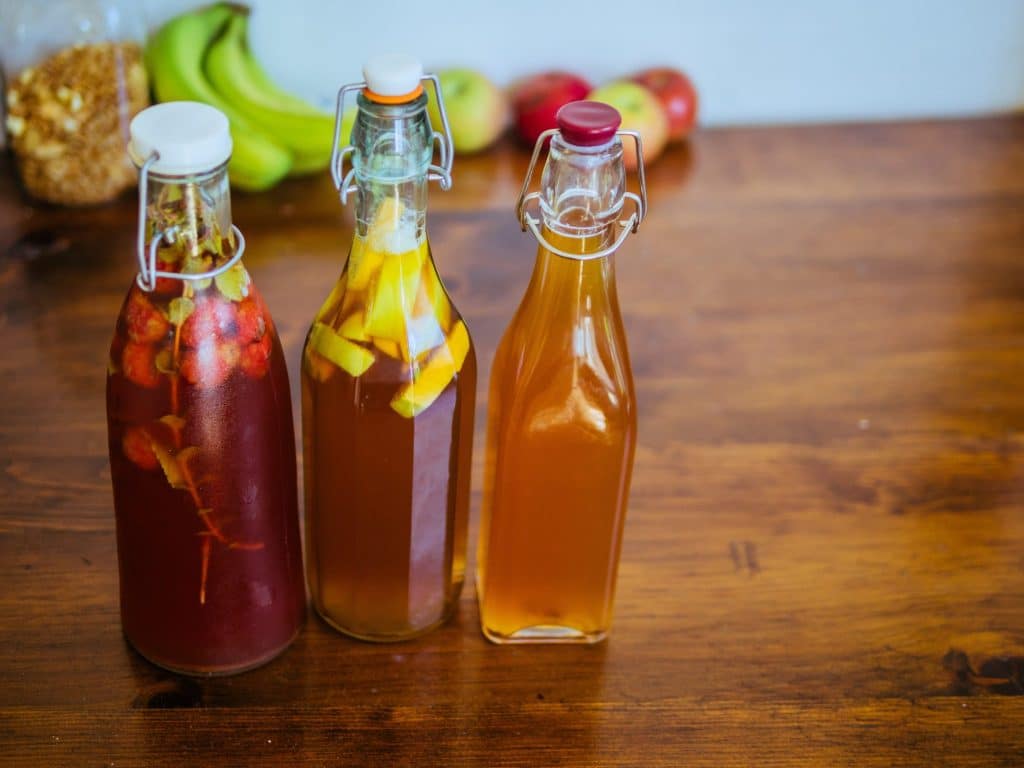
For those looking to elevate their kombucha brewing game, exploring advanced techniques like secondary fermentation can add exciting dimensions of carbonation and flavor. Secondary fermentation occurs after the initial ferment by transferring the kombucha to sealed bottles and adding fruits, herbs, or natural sweeteners. This process introduces natural carbonation through the buildup of CO2 and infuses the kombucha with intricate flavors. The possibilities are endless, from the citrusy zest of lemon to the spicy undertones of ginger.
Safety is a paramount concern during secondary fermentation, as the buildup of carbon dioxide can increase pressure within bottles, posing a risk of explosion if not managed properly. Using pressure-rated bottles and monitoring the fermentation process closely can mitigate these risks. Tasting the kombucha periodically during secondary fermentation allows brewers to gauge the progress and prevent over-carbonation. This stage is where creativity shines, and with practice, brewers can craft a signature kombucha that reflects their personal taste preferences and culinary creativity.
Health Considerations and Safety

While kombucha is celebrated for its health benefits, including digestive support, detoxification, and immune system enhancement, potential risks should not be overlooked. Homemade kombucha can vary in its microbial content, and without proper sanitary practices, there’s a risk of contamination with harmful bacteria. Additionally, the fermentation process can produce varying levels of alcohol, which may be a concern for certain individuals. The acidity of kombucha is another factor, as it can affect those with sensitive stomachs or exacerbate certain health conditions.
To ensure the health and safety of kombucha brewing at home, it’s crucial to maintain strict hygiene standards and monitor the fermentation environment closely. Keeping the brewing area clean and using sterile equipment can significantly reduce the risk of contamination. For those concerned about alcohol content, limiting the fermentation time can help manage alcohol levels, although it’s difficult to eliminate completely. Regular pH testing can also ensure the acidity levels are within a safe and palatable range, generally between 2.5 and 3.5.
Mastering Kombucha at Home
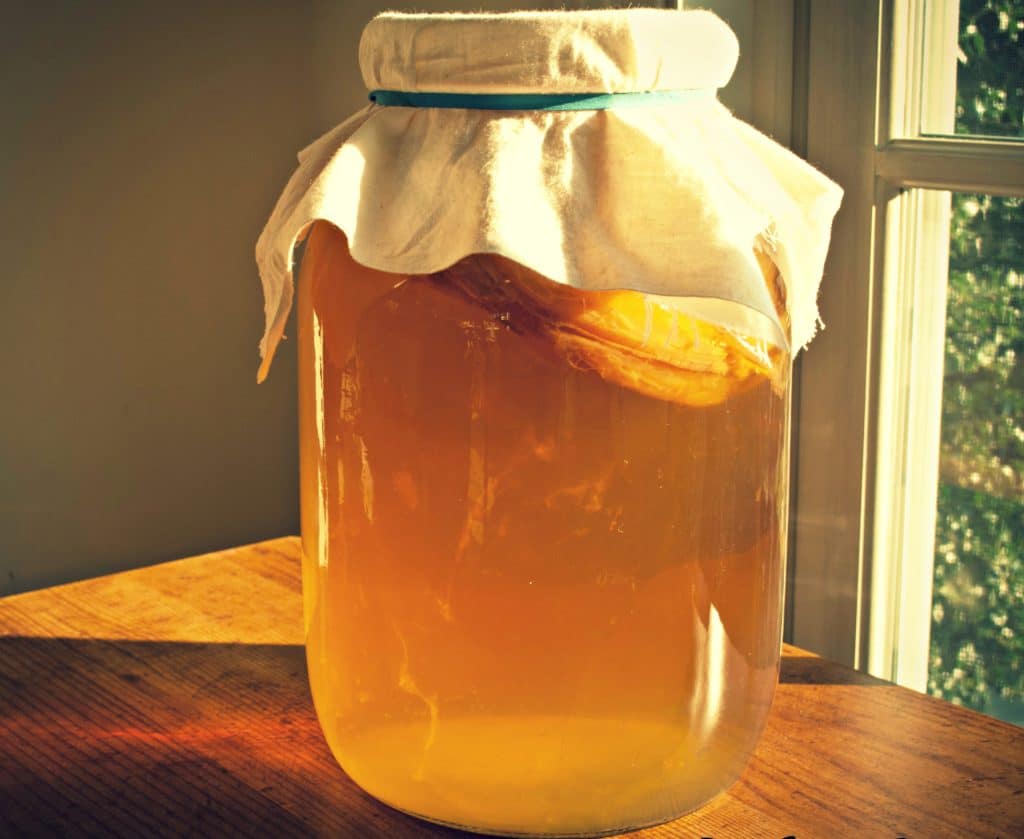
Embarking on the kombucha brewing adventure at home offers an enriching experience that goes beyond just crafting a beverage; it’s about nurturing a living culture and participating in a centuries-old tradition. Mastery of kombucha brewing comes with time, patience, and a willingness to learn from each batch. Every brew is an opportunity to refine techniques, experiment with flavors, and understand more deeply the intricate dance of fermentation that brings kombucha to life.
As you progress on your brewing journey, documenting each batch’s tea type, sugar ratio, fermentation time, and flavoring additions can be invaluable. This log serves as a reference for replicating successful brews and helps troubleshoot and refine the process. Embrace the learning curve, and remember that each mistake is a lesson leading you closer to your perfect kombucha. With each sip of your homebrewed kombucha, you’re not just enjoying a refreshing drink but celebrating the culmination of art, science, and a bit of magic that is kombucha brewing.
Unleash the Magic of Homemade Kombucha
Diving into the world of kombucha brewing is not just about embracing a healthy lifestyle; it’s about connecting with an ancient tradition that spans centuries. This journey offers a unique blend of art and science, providing endless opportunities for creativity and personalization. By mastering the techniques outlined, you can enjoy a satisfying and healthful hobby that benefits both body and soul. So why wait? Begin your home-brewing adventure today and unlock the delightful possibilities that homemade kombucha has to offer.
